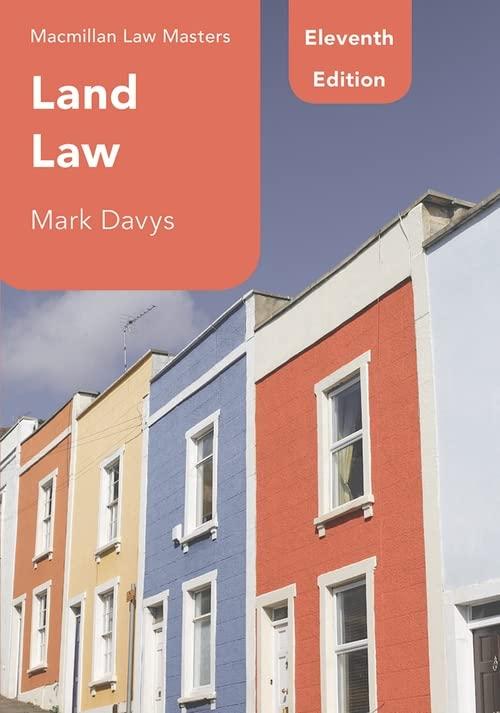Question
We've learned that there are important differences between covenants and conditions in contracts.In the insurance industry, conditions are frequently used to limit liability of the
We've learned that there are important differences between covenants and conditions in contracts.In the insurance industry, conditions are frequently used to limit liability of the underwriter for claims that are not reported timely.The usual rationale for this policy is that the Insurer needs to be able to quickly investigate the claim and potentially take steps to prevent further losses.Here is a typical (simplified) provision implementing such a condition:
Prompt Notice of Claim.The Insured shall notify Insurer of any Loss Event (e.g., a fire) giving rise to any Claim under the Policy within 24 hours of the occurrence of the Loss Event.The parties expressly agree that providing such notice within 24 hours is a condition precedent, and not merely a covenant, to Insurer's obligation to pay any Claim.
Our client, Pat Procrastinator, put away her BBQ grill in the storage shed on Friday evening.The grill was still hot, and caused some papers stored in the shed to ignite.Fortunately, the shed walls and roof are metal, and were not too badly damaged.But, many tools and supplies kept in the shed were destroyed by the fire (total value about $5,000).Pat smelled smoke on Saturday morning, but didn't think about the shed.On Sunday afternoon, she was going to work in her garden when she discovered the damage from the fire.Pat meant to call the Insurer to report the Claim on Sunday, but couldn't find the policy documents.She finally found them on Wednesday morning and called to report her claim on Thursday afternoon.
All of the damage occurred during the fire on Friday evening and nothing could have been done to limit the loss during or after the fire.Nevertheless, when Pat explained all of the facts above, Insurer rejected her claim as untimely.
If Pat sues Insurer for payment of the claim, what is the likely outcome? Briefly explain your reasoning.
Step by Step Solution
There are 3 Steps involved in it
Step: 1

Get Instant Access to Expert-Tailored Solutions
See step-by-step solutions with expert insights and AI powered tools for academic success
Step: 2

Step: 3

Ace Your Homework with AI
Get the answers you need in no time with our AI-driven, step-by-step assistance
Get Started


